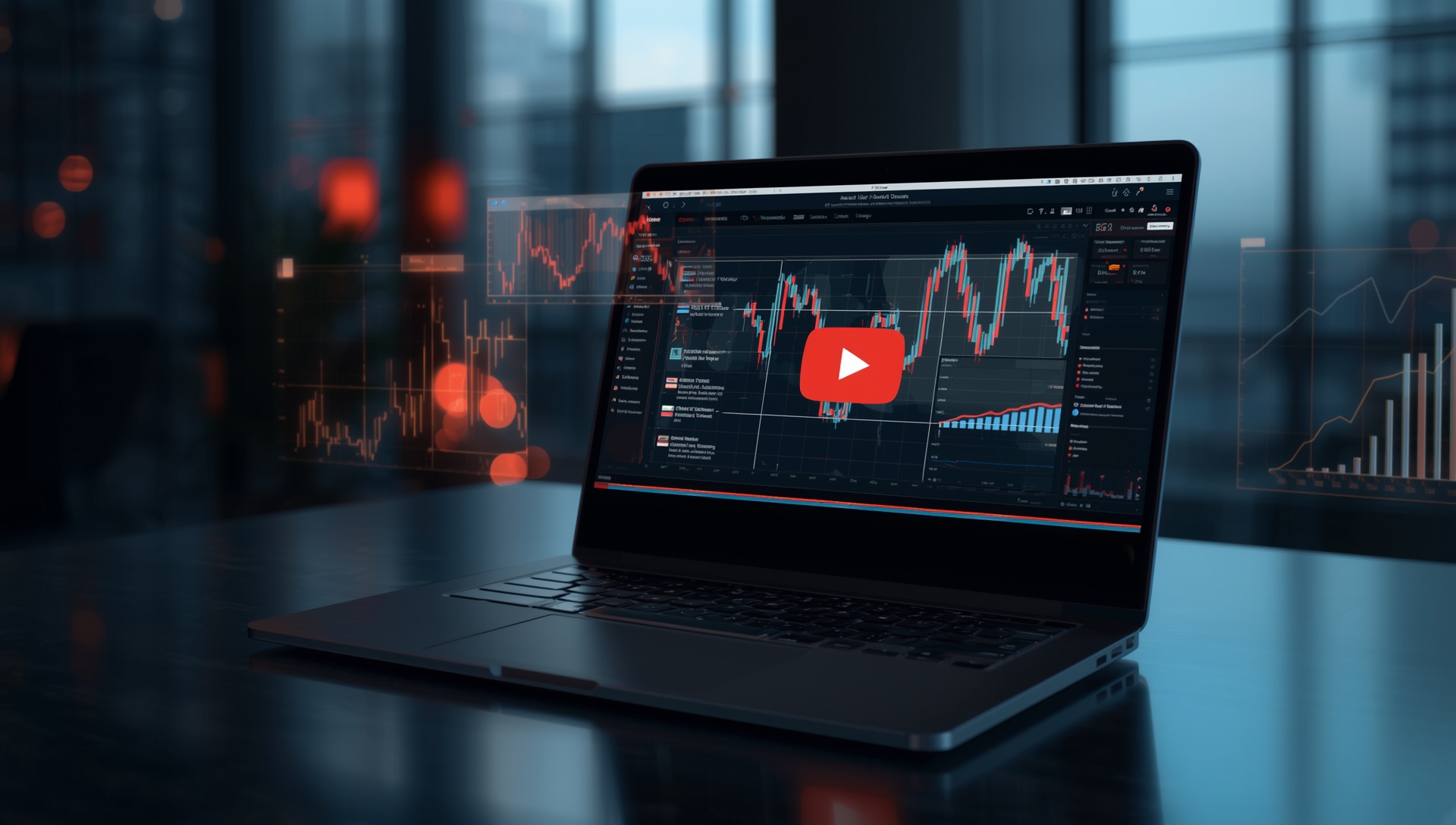
When you post a video and want to turn its ideas into something bigger, pulling the transcript is often the first step. You can use tools that help you transcribe YouTube videos to turn speech into text and open more than forty follow-up options. A finance analyst could pull market discussions from a channel, study tone shifts, and map sentiment within minutes.
Quick Take
YouTube transcripts are becoming a data bridge between creators, analysts, and digital professionals. The ability to turn spoken words into structured insights helps marketers, journalists, and researchers save hours of manual note-taking. When paired with a reliable transcript engine, the same text can fuel reports, articles, or digital finance briefs, all from a single video link.
From Raw Dialogue to Usable Data
A transcript is more than a record of words. It becomes a searchable layer of meaning that anyone can filter or tag. The platform converts a single YouTube URL into readable text, then sorts that text into sections such as Main Idea, Speaker ID, or Key Insights.
For creators and analysts, this flow trims work by 1 setup step, 3 copy steps, and 2 rewrite passes.
Turning spoken content into structured notes reduces friction across the digital economy, especially where ideas move faster than documents can. A marketer studying emerging payment apps or a researcher reviewing fintech conferences can find exact phrases in seconds instead of rewatching entire clips.
As these digital processes evolve, new insights echo those discussed in the innovation shifts report, where information reuse and interpretation are central to business growth.
When users combine this with automated transcription, they are not only saving time but also creating a searchable archive of video-based knowledge. A short-form clip can suddenly feed a long-form report, internal memo, or investor note. This reuse creates value that scales well beyond a single upload.
How People Use Transcripts in the Economy of Ideas
Transcript data has started to behave like a small dataset. It feeds dashboards, keyword reports, and even editorial calendars. These are some common uses:
- Find new angles. Search through long discussions and spot phrases worth expanding into blogs or whitepapers.
- Check accuracy. Match quotes or numbers from video panels before citing them in market summaries.
- Create parallel content. Turn the same transcript into a Twitter thread, LinkedIn post, or podcast script.
- Support finance summaries. Pull notable statements from investor calls or tech summits without replaying audio.
- Extract sentiment. Spot positive or cautious tones in CEO interviews or startup reviews.
- Build learning tools. Convert talks into flashcards or Cornell Notes for quick review.
- Repurpose clips. Use transcript timestamps to edit viral short-form content.
- Train AI models. Feed clean, structured transcripts into systems that analyze tone or emotion.
- Automate translation. Use transcripts as the base for multilingual subtitles and local market content.
Each task reshapes a single transcript into something reusable, practical, and measurable across digital channels.
The idea connects closely with the role of digital tools efficiency, where automation trims repeated manual work and helps professionals focus on interpretation rather than transcription.
When combined with other data sources, transcript-based analysis also offers richer business insights. For instance, journalists comparing interviews from multiple events can identify recurring financial terms, while marketers can detect which product mentions resonate most in video comments. This kind of layered understanding can influence how future campaigns or research papers are framed.
Comparing Transcript Tools for Better Workflow
The range of features often defines how far one transcript can travel. Below is a compact view of functions that push YouTube text toward deeper insight.
| Feature | What it does | Best for | Time saved per video |
| Speaker ID | Labels who said what | Panel discussions | 10–15 min |
| Main Idea | Summarizes core topic | Journalists | 8–10 min |
| Extract Insights | Finds patterns or trends | Researchers | 12–20 min |
| Clean Script | Removes fillers and timestamps | Creators | 6–8 min |
| Proper Notes | Formats study or meeting notes | Students, analysts | 10–12 min |
These modules turn routine transcription into a structured layer of digital intelligence, letting users skip repetitive formatting and jump straight into interpretation.
A professional studying fintech policy discussions could use the transcript to isolate regulatory terms or references to emerging technologies. That data can then be grouped by topic or speaker to reveal policy emphasis or gaps in communication. Analysts who track fintech or policy talks can align transcript findings with the patterns seen in innovation trends economy.
Notes, Quotes, and Quick Conversions
The toolset goes beyond transcripts alone. Users can turn the same text into:
• quotes
• key points
• clip ideas
all within one page.
Writers often start with the Long Summary, move to Bullet Points, and finish with Notable Quotes for publication. This chain keeps the thinking continuous from recording to publishing. The site also supports specialized formats such as Rapid Logging, Cornell Notes, or the T Note Method for those who track finance or trend reports over time. Each option reduces friction in how information flows from voice to text to analysis.
The system’s strength is its flexibility. Creators can generate Flashcards for study material or transform transcripts into Blog Outlines or LinkedIn Articles. Finance professionals can extract Key Insights or Notable Quotes to enrich newsletters or presentations. Educators can even create Concept Maps for lectures and knowledge-sharing sessions.
For broader context, open data standards explained by Data.gov resources show how structured knowledge sharing improves accessibility and consistency across digital systems. These same principles apply to transcript-based workflows, where clarity and order drive productivity.
Turning Spoken Finance Talk into Research Fuel
Imagine a market journalist covering a digital finance forum. Instead of taking notes live, they upload the session’s YouTube link into the tool. Within moments, they can extract trends, quantify references to blockchain or tokenization, and prepare a clean summary. The same file can then feed a LinkedIn Article, a Blog Outline, and a Q and A Split Page for readers who prefer structured insights. This small workflow compresses an entire editing day into under an hour and keeps data consistent across formats.
This approach can also support researchers exploring customer perception or investor sentiment. By feeding multiple transcripts into a central document, patterns begin to surface, such as repeated concerns about privacy, market volatility, or decentralized finance. Each transcript becomes a record of how digital conversations evolve, one video at a time.
Across teams, the results are practical. A startup’s communications team can pull talking points for product updates. A journalist can extract headline quotes from long-form interviews. A marketing researcher can build keyword heatmaps to guide campaign direction. Every role benefits from structured text that keeps ideas traceable.
Where Words Become Strategy
Digital economy strategy often begins with raw information. Transcripts turn those moments into assets that guide new content, research, and finance decisions. They allow professionals across industries to move from listening to analyzing, from reacting to planning. A single transcript can power blog drafts, summary reports, and structured data for market research. By treating transcripts as data, every word recorded online becomes a potential insight waiting to be refined.

No Comments